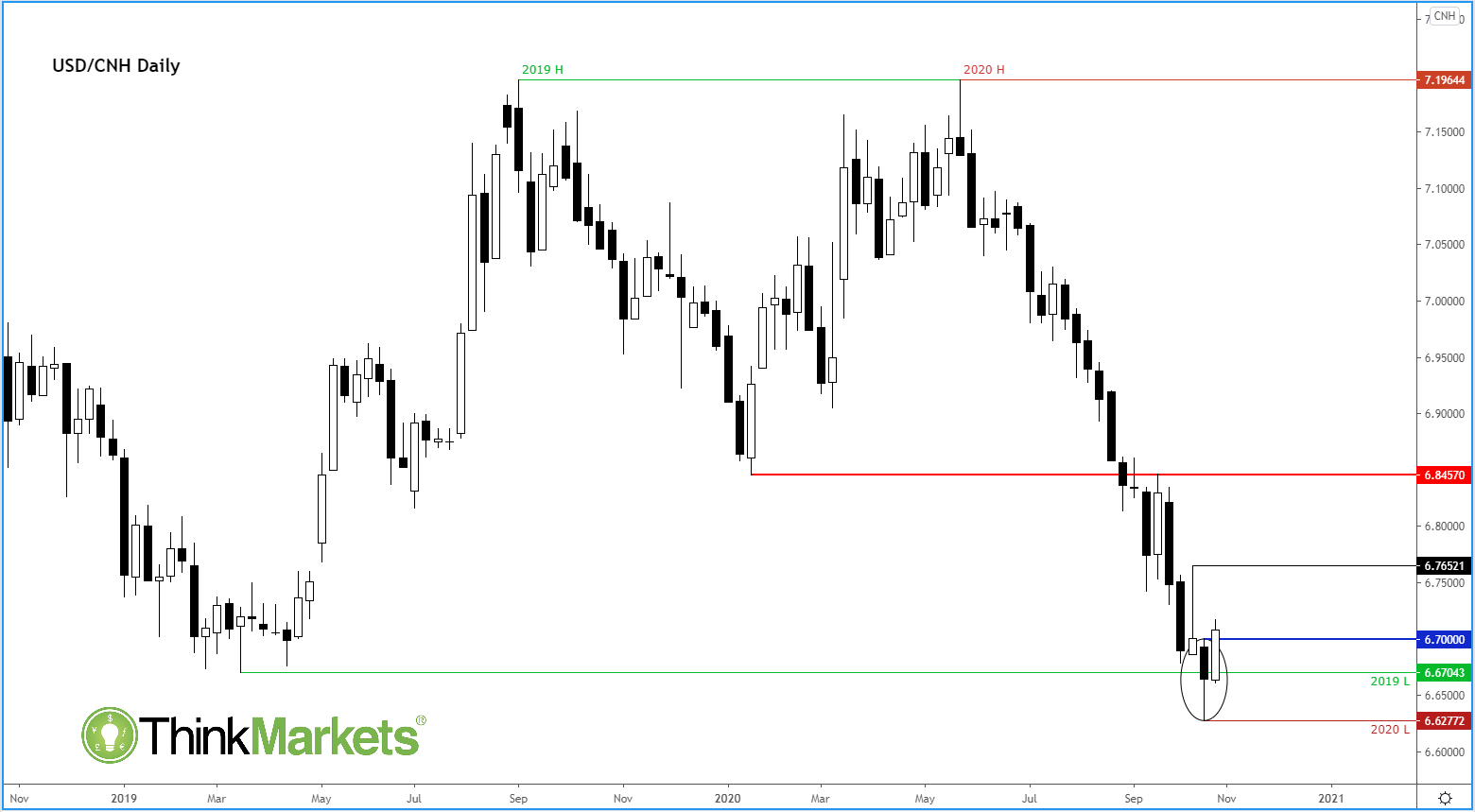The first day of what is going to be a busy new week has started with a negative tone.
It was hardly surprising to be honest given the grim virus situation and the lack of progress in US stimulus talks. In addition, corporate news flow hasn’t help either, with SAP shares falling at one stage by more than 20 percent after the German IT group dropped its guidance for the year and abandoned its forecast that profitability would expand steadily over the medium term. Although there was some mild buying interest after the initial drop at the European open, amid hopes that a frontrunner vaccine showed robust immune response in elderly people, sentiment remained largely negative. The FT reported that the AstraZeneca-Oxford vaccine trials triggered protective antibodies and T-cells in older age groups, sending shares of AstraZeneca up 1 percent. Still, the DAX was trading not too far off its earlier lows as it was still reeling from the losses for the German software maker SAP, which remained sharply in the red.
As investors wondered what the US session will bring, as well as the scheduled events later in the week, there was not much desire to buy risk-sensitive assets by midday in London. So, indices remained downbeat, as too did crude oil and other risk-sensitive assets. The dollar remained bid and this kept gold bulls at bay, although as investors sought protection, other haven assets like Treasuries rose, causing yields to drop. The Turkish Lira hit a new all-time low, while the Chinese yuan was falling again after its recent run of good form.
While stimulus talks and the second wave of the coronavirus will undoubtedly dominate the agenda for much of this week, luckily, we have a few central bank policy decisions to look forward to as well as plenty of major company earnings. Among others, we will hear updates from these giants:
UK:
- HSBC, BP, Whitbread, all on Tuesday
- Lloyds Banking, Thursday
- NatWest, Friday
US:
- Microsoft, AMD, Caterpillar, Pfizer, all on Tuesday
- Visa, eBay, Boeing, Baidu, GE, Ford and UPS, all on Wednesday
- Apple, Amazon, Google, Facebook and Twitter, all on Thursday
- Exxon Mobil and Chevron, on Friday
The above earnings results will provide lots of volatility and trading opportunities for individual companies and possibly the affected sectors. It will be important to pay close attention to what the CEOs of these companies say about the current situation and, more to the point, the outlook. If we hear more pessimism from these companies, then we could see renewed falls in stocks as investors price out their bullish and optimistic forecasts.
Meanwhile on a more macro level, ongoing US stalemate over US fiscal stimulus and the rapidly spreading COVID-19 is going to determine the direction for the wider markets.
Unfortunately, the virus is getting out of control and deaths have started to catch up. It is not just the resurgence of the virus itself that is causing investors to turn cautious, but now more and more countries are responding again by introducing stricter lockdowns, which some fear will hurt the economic recovery. Many European countries have recently broken records for daily infections, and governments have responded by tightening restrictions on businesses and households, with Spain introducing a nationwide curfew. Meanwhile infections in the US have hit a record for the second straight day, raising fears the world’s largest economy may have to follow Europe in bringing back stricter measures to contain the spread.
With coronavirus spreading like wildfires, I wouldn’t be surprised if major central banks start to signal renewed willingness to do more in order to support their respective economies. This week, we will hear from the Bank of Japan, Bank of Canada and the European Central Bank. The latter is widely expected to step up its monetary stimulus program, although not until its December meeting.
From a technical point of view, it is worth watching the USD/CNH as it has been a good proxy for investor sentiment. The USD/CNH has been dropping sharply over the past several months, inversely mirroring the rallying equity markets. But rates have now broken above last week’s high and the breakdown below the 2019 low has proven to be temporary:

Source: ThinkMarkets and TradingView
Thus, there is an increased risk we may see the USD/CNH start climbing from here, and in doing so undermine the appetite for risk. It needs to hold above last week’s high and support around 6.7000 to maintain its short-term bullish bias. However, if rates start to break down again and go back below the 2019 low of 6.6700 then that may signal a “risk on” response.
Back